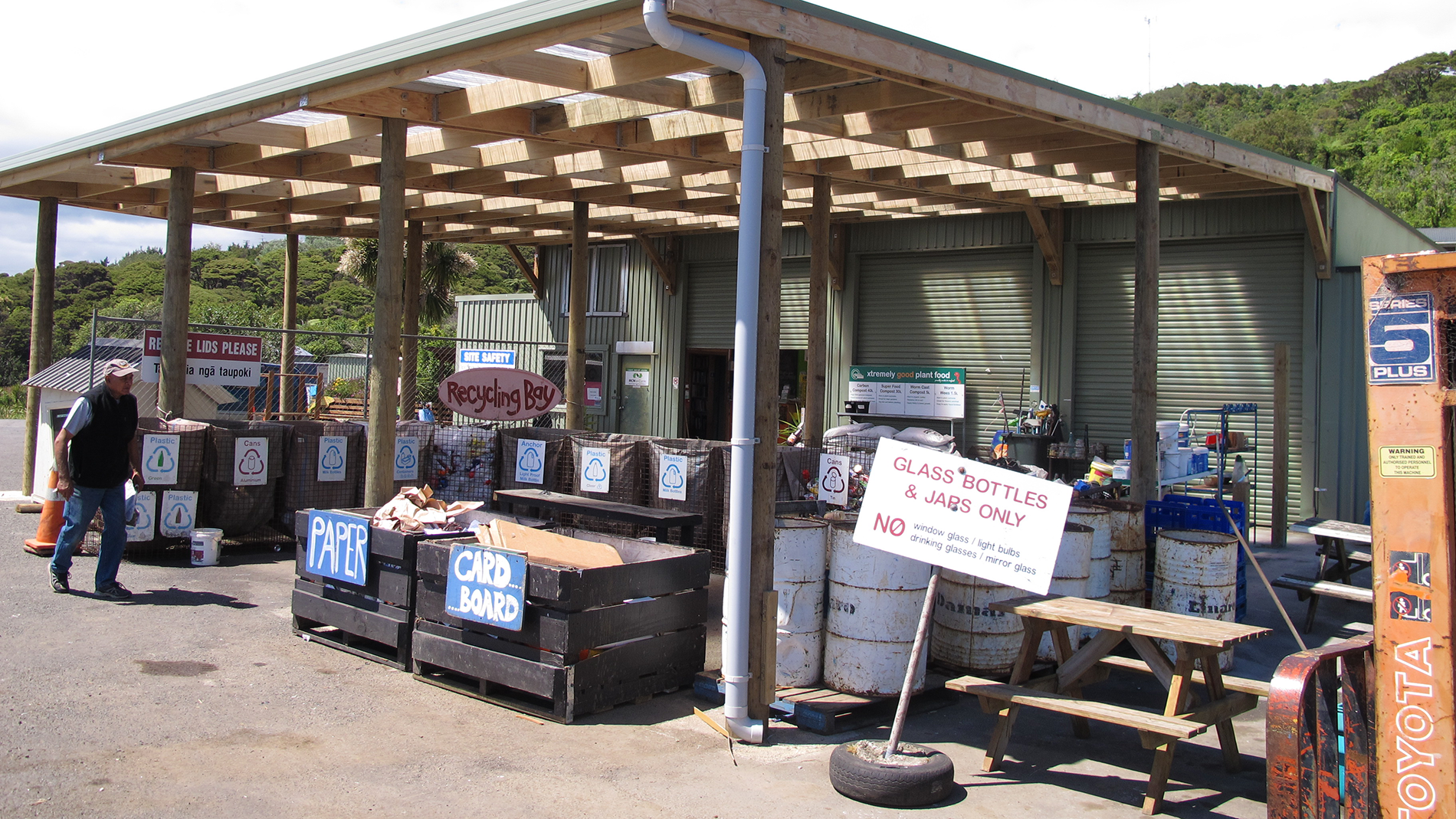The journey to a circular economy
The Waikato Regional Waste Prevention Action Plan 2020-2025 builds on earlier waste strategies, and sets out a fresh approach for the future.
Waikato Regional Waste Prevention Action Plan 2020-2025
The Waikato Regional Waste Prevention Action Plan 2020-2025 builds on the earlier 2012-2018 Waikato Waste Strategies and sets out a fresh approach for the future.
While focus was previously on minimising waste, our aim now is to prevent waste all together through better design. What is not produced in the first instance does not have to be disposed of. This requires reimagining our system to favour products that reduce consumption through increased durability and reusability as well as items that can be repaired. Everyone involved in a product lifecycle must work together to move away from our current linear take-use-dispose economic thinking and to implement circular economy principles where end-of-life products go back into technical or biological cycles.
The circular economy model has the potential to boost the Waikato region by protecting businesses against scarcity of resources, volatile prices, and supply chains while helping to create new business opportunities. This is especially relevant as we face uncertainty from the implications of climate instability and world pandemic.
Waikato Waste and Resource Efficiency Strategy 2012-15 (superseded)
Note, the Waikato Regional Waste Prevention Action Plan 2020-2025 supersedes an earlier waste strategy. If you are interested in the changes, you can read the superseded strategy, below.




To ask for help or report a problem, contact us
Tell us how we can improve the information on this page. (optional)